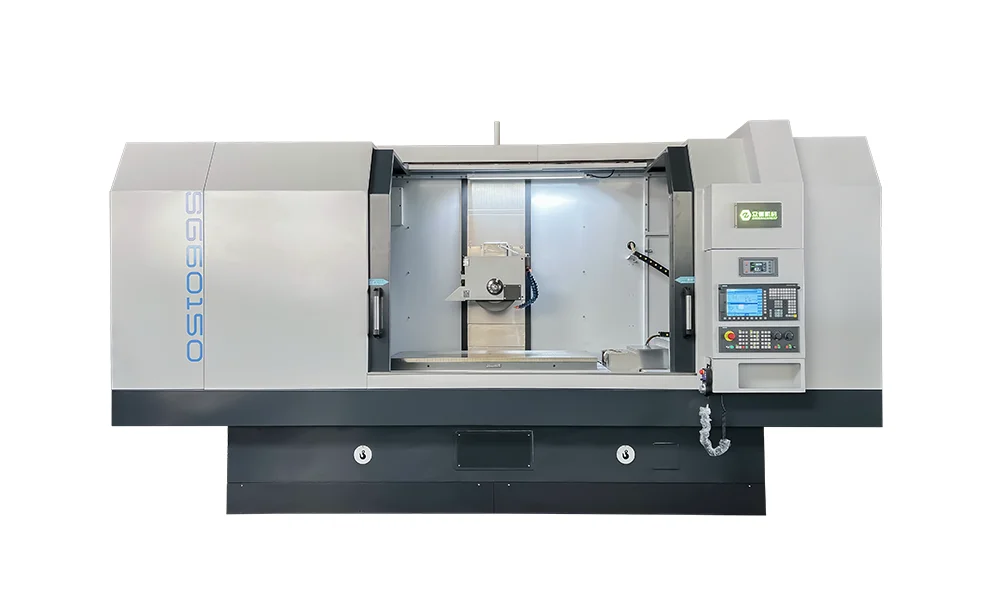When it comes to renovating or constructing interior walls, cost is often a primary concern for homeowners and builders alike. Whether you're looking to create a new space, update an existing room, or simply improve the aesthetic appeal of your home, understanding the most economical methods for interior wall construction can save you significant amounts of money. In this article, we will explore various strategies, materials, and techniques that can help you achieve your goals without breaking the bank.
Understanding the Basics of Interior Walls
Before diving into the cheapest methods for constructing interior walls, it’s essential to understand the different types of walls typically used in residential construction. Interior walls can be categorized into two main types: load-bearing and non-load-bearing walls. Load-bearing walls support the structure of the building, while non-load-bearing walls are primarily used for partitioning spaces. The choice between these types will influence your material and construction method decisions.
Cost-Effective Materials for Interior Walls
- Drywall (Gypsum Board)
Drywall is one of the most popular materials for interior walls due to its affordability and ease of installation. It typically costs between $1 to $3 per square foot, making it an economical choice for most homeowners. Additionally, drywall can be painted or finished in various ways, allowing for customization without significant additional costs. - Plywood
For a more rustic or industrial look, plywood can be an excellent alternative to drywall. It is slightly more expensive, averaging around $2 to $5 per square foot, but it offers durability and a unique aesthetic. Plywood can also be used as a base for other finishes, such as paint or wood paneling. - Reclaimed Wood
Using reclaimed wood not only adds character to your interior walls but can also be a cost-effective option if sourced correctly. Prices can vary widely based on the type of wood and its condition, but many homeowners find that salvaging wood from old barns or pallets can significantly reduce costs while providing a sustainable solution. - Concrete Blocks
For those looking for a more industrial feel, concrete blocks can be an affordable option, especially in basements or utility spaces. While the initial cost may be higher (around $2 to $4 per block), the durability and low maintenance requirements can make it a cost-effective choice in the long run.
Innovative Techniques for Cost Savings
- Paneling Systems
Prefabricated wall panel systems can significantly reduce labor costs and installation time. These panels are often made from materials like MDF or plywood and can be installed quickly, minimizing the need for skilled labor. Prices for paneling systems can range from $3 to $10 per square foot, depending on the material and design. - DIY Installation
One of the most effective ways to save money on interior walls is to take on the project yourself. With the right tools and a bit of research, homeowners can install drywall, paneling, or even plywood walls without hiring a contractor. Online tutorials and videos can provide step-by-step guidance, making it accessible for those willing to invest the time. - Using Existing Structures
Before constructing new walls, consider whether existing structures can be repurposed. For example, removing a non-load-bearing wall can open up space without the need for new materials. Additionally, utilizing alcoves or niches can create functional spaces without the expense of new construction.
Additional Tips for Cost-Effective Interior Walls
- Plan Your Layout Wisely: Before starting any construction, carefully plan your layout to minimize waste. This includes measuring spaces accurately and considering the most efficient use of materials.
- Buy in Bulk: If you’re undertaking a large project, purchasing materials in bulk can lead to significant savings. Many suppliers offer discounts for larger orders.
- Consider Alternative Finishes: Instead of traditional paint, consider using wallpaper or fabric to finish your walls. These options can sometimes be more cost-effective and provide a unique look.
Conclusion
Constructing interior walls on a budget doesn’t have to compromise quality or aesthetics. By selecting the right materials, employing innovative techniques, and considering DIY options, homeowners can achieve beautiful and functional spaces without overspending. Whether you choose drywall, plywood, or reclaimed wood, the key is to plan carefully and explore all available options. With the right approach, you can create stunning interiors that reflect your style while keeping costs in check.



More Stories
Spacious Industrial Spray Booth for Sale: High-Performance Solutions for Workshops
Top 7 Benefits of Using Marine Plywood for Durable and Waterproof Construction
Why Epoxy Resin Gutters Are the Best Choice for Durable and Corrosion-Resistant Drainage Systems